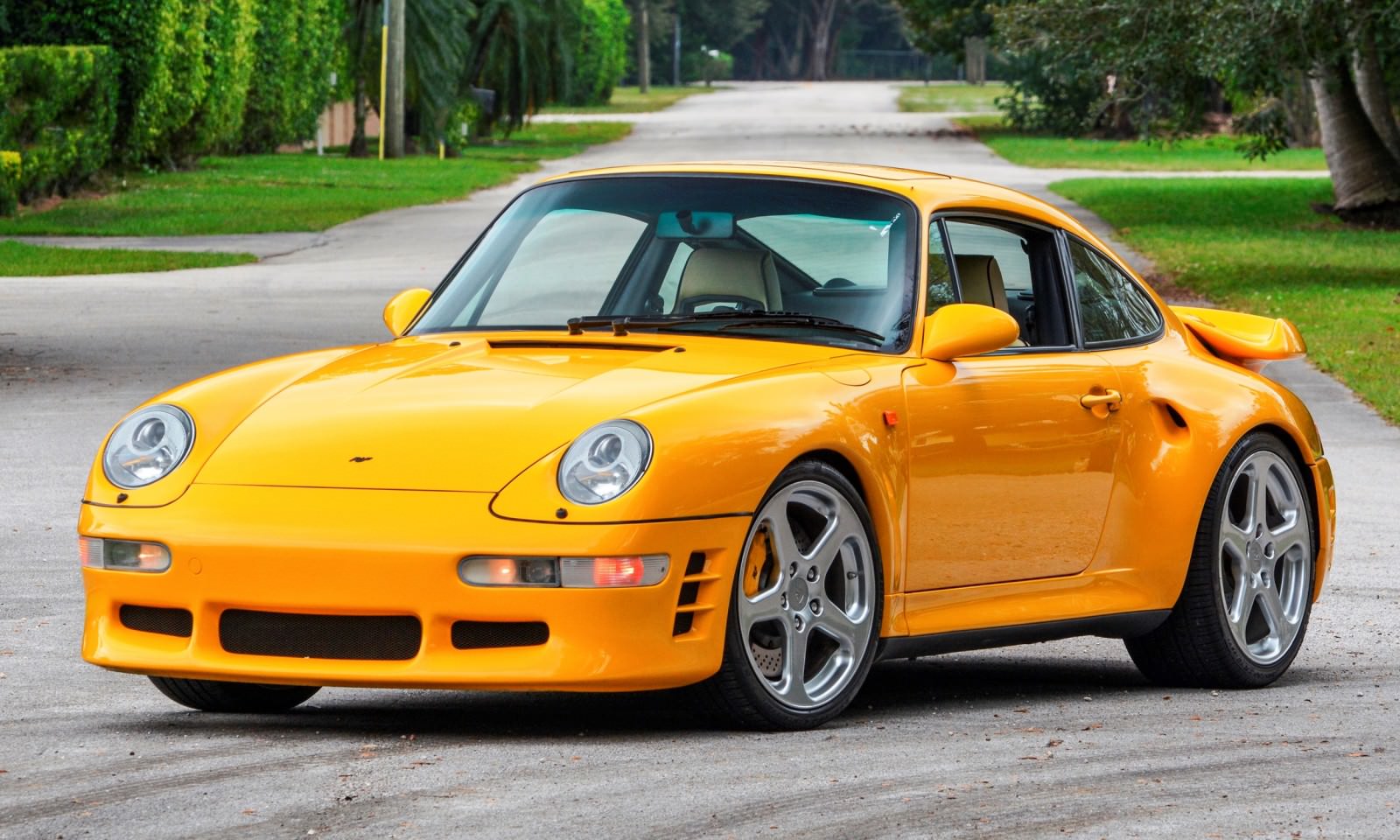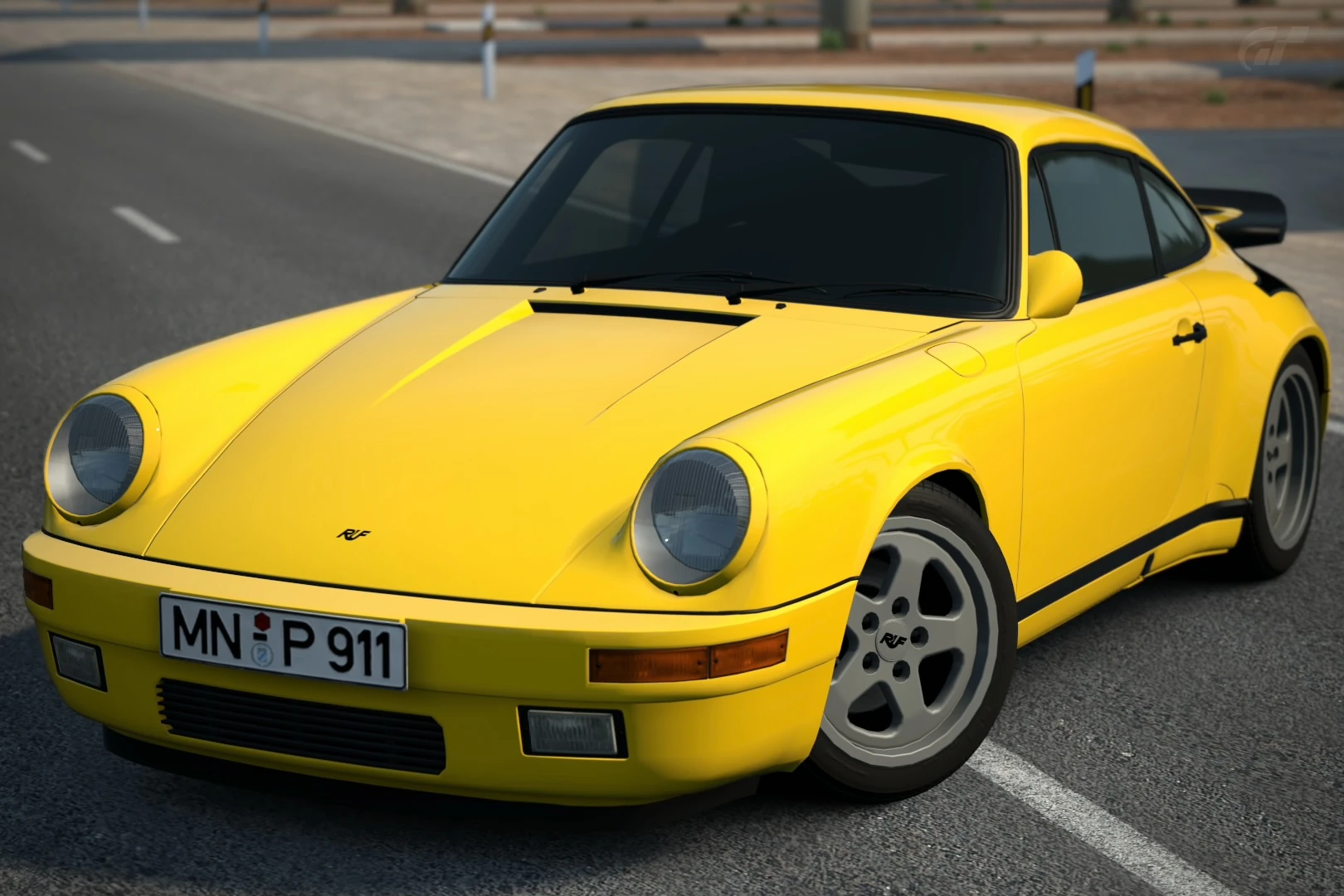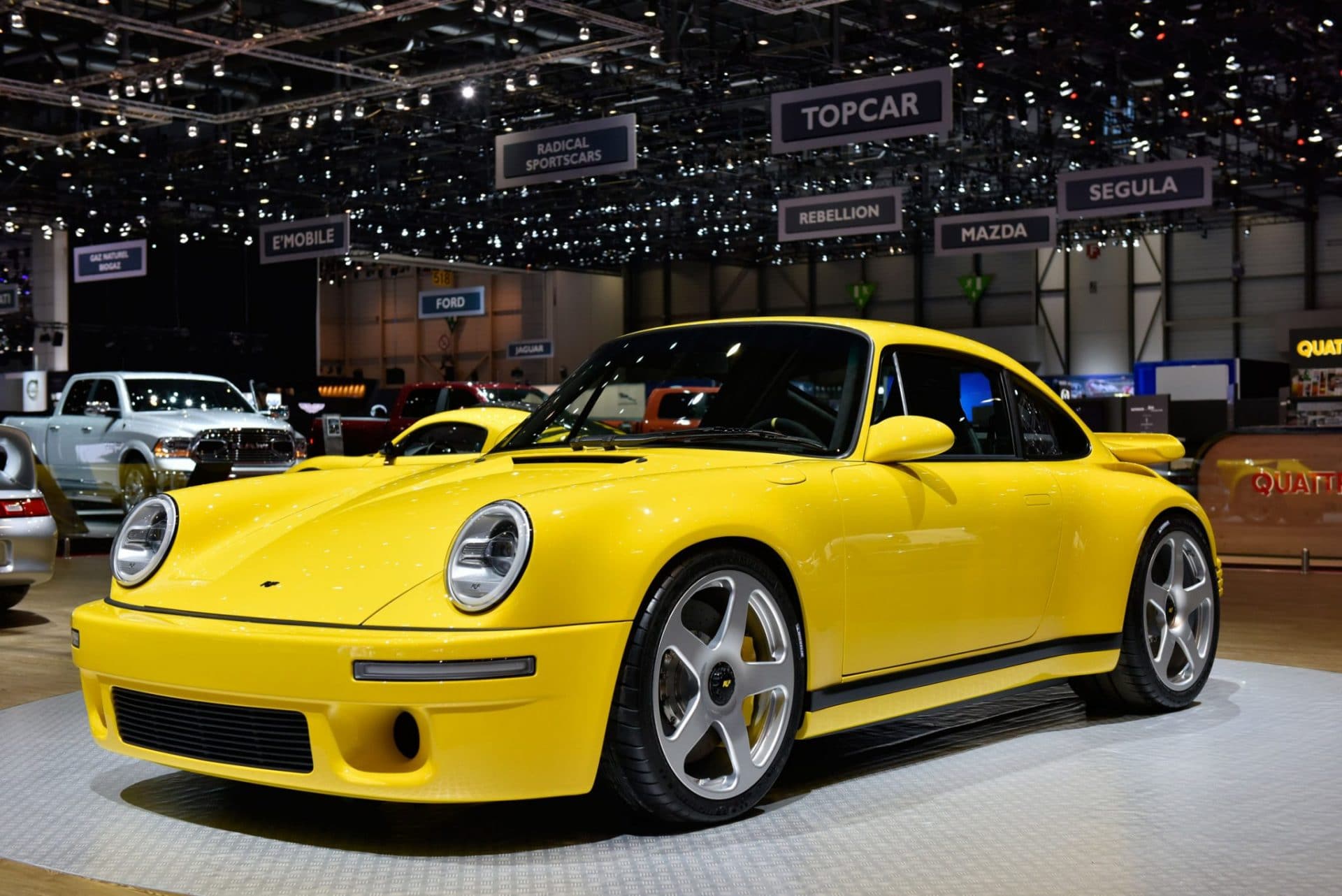The Legendary Porsche Yellow Bird: A Tale Of Speed And Iconic Design
Share

When one thinks of automotive legends, the name Porsche often rises to the top of the list. Combining sports car heritage with cutting-edge technology, Porsche has created some of the most beloved vehicles in the automotive world. Among them, the Porsche Yellow Bird holds a special place in the hearts of enthusiasts and collectors alike. In this blog post, we will explore the fascinating history, specifications, and ongoing legacy of the Porsche Yellow Bird.
The Birth of the Yellow Bird
The Porsche Yellow Bird, officially known as the RUF CTR (Group C Turbo Racer), was first introduced in 1987. RUF, a German manufacturer renowned for their high-performance modifications of Porsche models, sought to create a car that would redefine speed and performance benchmarks. The foundation for the Yellow Bird was the Porsche 911, a platform already celebrated for its driving dynamics and sheer exhilaration.
RUF took the standard 911 and transformed it with reinvigorated engineering prowess. The most notable aspect of the Yellow Bird was its incredible power-to-weight ratio, achieved through clever use of lightweight materials and a powerful engine.
The Powerful Performance

Under the hood, the Porsche Yellow Bird boasted an impressive 3.4-liter flat-six engine, modified to generate a staggering 469 horsepower. This provided the car with blistering acceleration, allowing it to reach 0 to 60 mph in just 3.7 seconds – a feat that was mind-boggling at the time. The RUF CTR Yellow Bird carried a top speed of 213 mph, making it one of the fastest production cars in the world during the late 1980s.
Such performance was made possible by the use of turbocharging, which was still relatively new technology in the automotive industry. This innovation allowed the Yellow Bird to better harness the engine's power while minimizing turbo lag, resulting in an exhilarating driving experience that continues to resonate with car enthusiasts today.
Cutting-Edge Design and Aerodynamics

Aside from its remarkable engine, the Porsche Yellow Bird also stood out visually. With its iconic bright yellow paint, low-slung silhouette, and aggressive stance, the Yellow Bird was designed for speed, both in aesthetics and performance. RUF engineers invested significant time into enhancing the car's aerodynamics through strategic modifications, adding a lightweight body design, and implementing active aerodynamics that helped balance high-speed stability with sharp cornering performance.
One of the most noticeable features of the Yellow Bird is its rear wing, which was integrated into the design for improved downforce. This not only created a striking visual but also contributed immensely to the overall handling characteristics of the car at high speeds.
The Legacy of the Yellow Bird

The legend of the Porsche Yellow Bird extends well beyond its original production run. With only 29 units produced, the RUF CTR Yellow Bird quickly became a collector's item and an iconic representation of what performance could achieve in the late 20th century. Its breathtaking top speed and eye-watering performance numbers have stood the test of time and continue to be celebrated in automotive circles.
In 2017, RUF reintroduced the Yellow Bird legacy with the RUF CTR-4, a modern interpretation that pays homage to its predecessor while outfitting it with modern technology and engineering advancements. With a powerful engine and updated features, the CTR-4 has reignited interest in the legacy of the Yellow Bird and its significance in the automotive world.
Driving the Passion for Performance

For many Porsche enthusiasts, driving a Yellow Bird is a dream come true. The allure of its incredible performance, combined with the storied legacy of the Porsche brand, ensures that the Yellow Bird will always be remembered as one of the greatest performance cars ever made. Driving a Yellow Bird is not merely about horsepower and speed; it is about experiencing the craftsmanship and precision that has become synonymous with the Porsche name.
With its unique combination of history, performance, and design, the Porsche Yellow Bird remains a timeless icon in the automotive industry. Its legacy continues to inspire future generations of automotive enthusiasts and serves as a benchmark for what a performance car should aspire to be.
Conclusion
In summary, the Porsche Yellow Bird is much more than just a car; it's a symbol of automotive excellence and engineering prowess. From its inception in the late 1980s to its modern-day reincarnations, the Yellow Bird continues to capture the hearts of car enthusiasts around the globe. Whether you are a collector, an admirer, or a lucky owner, the Yellow Bird represents the pinnacle of Porsche performance and is a true embodiment of the brand’s passion for speed and innovation.
As we celebrate this icon, we invite you to share your thoughts or memories of the Porsche Yellow Bird in the comments below. What makes this legendary car special to you? Your views will help keep the spirit of the Yellow Bird alive for years to come.